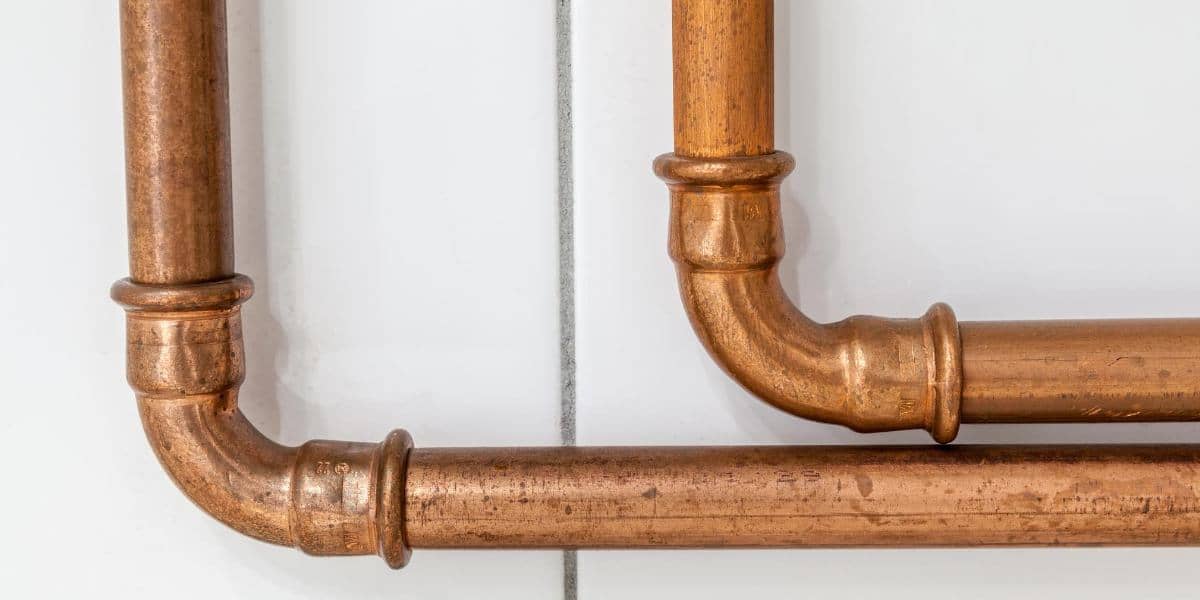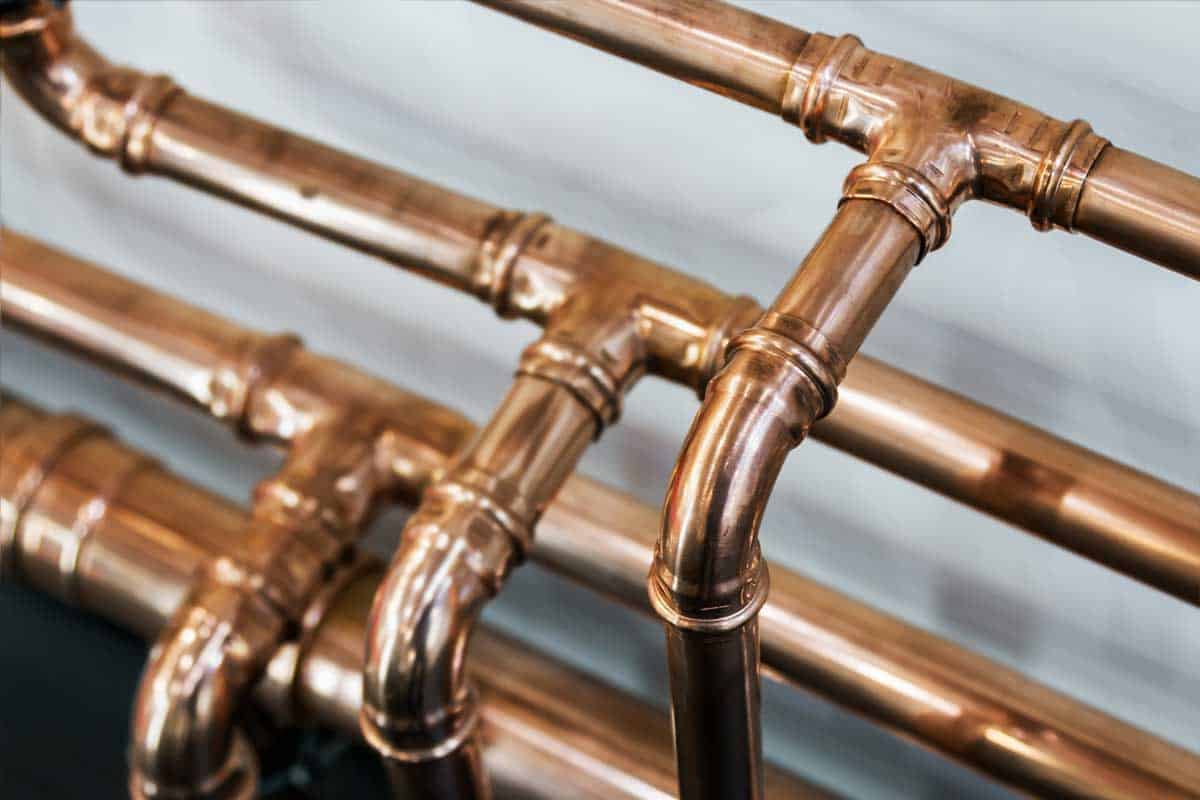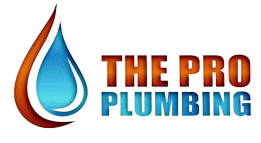Sure! Copper repiping, especially with The Pro Plumbing, stands out for its durability and corrosion resistance. Compared to other materials like galvanized steel, copper pipes are less prone to rust and leaks, ensuring a longer lifespan for your plumbing system. Additionally, copper offers better water quality as it doesn’t degrade over time, preventing contaminants from entering your water supply. PVC pipes, while affordable, may not match copper’s longevity or reliability. Overall, copper repiping with The Pro Plumbing guarantees a robust and long-lasting solution that maintains water purity and minimizes the risk of costly repairs in the future.
Durability and Longevity
Durability and longevity are key considerations in plumbing services, ensuring reliable performance over time. Professionals prioritize high-quality materials like copper or PEX, known for their resilience against corrosion and wear. Proper installation techniques further enhance the system’s durability, minimizing the risk of leaks or failures. By combining durable materials and expert installation, plumbing services can deliver long-lasting solutions that withstand the demands of daily use, promoting peace of mind for homeowners and businesses alike.
One of the primary advantages of copper repiping is its exceptional durability and longevity. Copper pipes are known for their resistance to corrosion, rust, and degradation over time. Unlike materials like galvanized steel or iron, which can develop rust and corrode, copper maintains its structural integrity even in harsh environments. This durability translates to a longer lifespan for your plumbing system, reducing the need for frequent repairs or replacements.
On the other hand, materials like galvanized steel, although initially durable, can deteriorate over time due to rust and corrosion. This can lead to leaks, reduced water pressure, and ultimately, the need for repiping or extensive repairs. PVC (polyvinyl chloride) pipes, while resistant to corrosion, may not offer the same level of longevity as copper. PVC pipes can become brittle over time, especially when exposed to sunlight or extreme temperatures, potentially leading to cracks or leaks.
Water Quality


Water quality is a crucial aspect of copper repiping and installation services in Alhambra, CA, ensuring safe and clean drinking water for residents. Copper pipes are known for their ability to maintain water quality by resisting corrosion and preventing contaminants from leaching into the water supply. Professional installation practices further guarantee that the water delivery system meets regulatory standards, providing peace of mind regarding water safety and purity in homes and businesses throughout Alhambra.
Copper pipes are also known for their positive impact on water quality. Copper is a natural biostatic material, meaning it inhibits the growth of bacteria such as E. coli and Legionella in the pipes. This is particularly beneficial for maintaining clean and safe drinking water in residential and commercial settings. Copper’s resistance to corrosion also prevents contaminants from leaching into the water supply, ensuring better overall water quality.
In comparison, galvanized steel pipes can release small amounts of zinc into the water over time, especially as the pipes age and corrode. While zinc is not harmful in small quantities, high levels can affect water taste and quality. PVC pipes do not introduce additional substances into the water, but they are susceptible to chemical leaching from certain solvents or compounds, which can be a concern in specific applications.
Cost Considerations
Cost considerations play a role in determining whether plumbers in Alhambra, CA, use copper pipes. While copper is a durable and reliable material, its cost can be higher compared to alternatives like PEX or CPVC. Plumbers may still use copper pipes for specific applications or at the request of clients who prioritize longevity and performance over initial cost. Ultimately, the choice between copper and other materials depends on factors such as budget, project requirements, and personal preferences.
When it comes to cost, copper repiping typically involves a higher upfront investment compared to other materials like PVC or PEX (cross-linked polyethylene). The cost of copper pipes themselves, along with installation labor, can make copper repiping more expensive initially. However, it’s essential to consider the long-term savings and benefits that copper pipes offer due to their durability and longevity.
Galvanized steel pipes, while durable, can be costlier to install than PVC or PEX. The additional expenses may include fittings, threading equipment, and specialized tools required for working with steel pipes. PVC pipes are often the most budget-friendly option for initial installation but may require more frequent replacements or repairs over time, especially in high-temperature or high-pressure applications.
Installation and Flexibility
Installation and flexibility are crucial aspects of copper repiping and installation services. Professionals prioritize proper fitting and alignment to ensure leak-free systems and optimal flow. Copper’s innate flexibility allows for intricate configurations and bends, adapting to various plumbing layouts with ease. This combination of installation expertise and material flexibility results in durable, efficient copper piping systems that meet the demands of residential or commercial plumbing needs.
The installation process for copper repiping involves cutting and soldering copper pipes to fit the plumbing system’s layout. While this requires skilled labor and specialized tools, copper pipes offer excellent flexibility and can be easily bent or shaped to navigate around obstacles. This flexibility allows for more customized and efficient plumbing installations, particularly in complex or older buildings where space constraints may be a concern.
Galvanized steel pipes, on the other hand, require threading and fittings to connect sections, which can be more labor-intensive and time-consuming compared to copper. However, steel pipes are relatively rigid and may not offer the same flexibility as copper in terms of bending or adjusting to specific angles.
PVC pipes are lightweight and easy to install, making them a popular choice for DIY projects and straightforward plumbing installations. PVC pipes are typically joined using solvent cement, eliminating the need for welding or soldering. While PVC offers ease of installation, it may not be suitable for all applications, especially those requiring higher temperatures or pressure ratings.
Maintenance and Repairs


In terms of maintenance, copper pipes are relatively low-maintenance compared to other materials. Their resistance to corrosion and durability reduce the likelihood of leaks or pipe failures. Routine inspections and occasional maintenance, such as checking for signs of corrosion or ensuring proper insulation, can help prolong the lifespan of copper plumbing systems.
Galvanized steel pipes may require more frequent maintenance to prevent rust and corrosion. Inspecting for signs of rust, replacing damaged sections, and applying protective coatings can help extend the life of galvanized pipes. PVC pipes are generally low-maintenance but may require occasional inspections for leaks, especially at joints or connections.
Environmental Impact
From an environmental perspective, copper is a recyclable material, making it a sustainable choice for plumbing systems. Recycled copper retains its properties and can be used to manufacture new pipes and fittings, reducing the demand for virgin materials. Proper disposal and recycling practices can further minimize the environmental impact of copper pipes.
Galvanized steel pipes, while durable, have a higher environmental impact due to the energy-intensive process of manufacturing and coating steel. Disposal of old steel pipes can also pose challenges in terms of recycling and waste management. PVC pipes, although lightweight and cost-effective, are derived from non-renewable resources (petroleum) and can release harmful chemicals during production and disposal.
FAQs
What are the best repiping materials?
The best repiping materials depend on factors such as budget, local building codes, and personal preferences. Generally, materials like copper, PEX (cross-linked polyethylene), and CPVC (chlorinated polyvinyl chloride) are commonly used and have their own advantages. Copper is durable and has a long lifespan, PEX is flexible and easy to install, while CPVC is cost-effective and resistant to corrosion.
What is the difference between copper pipe and plastic pipe?
Copper pipes are made of metal and are highly durable, with a long lifespan and resistance to corrosion. Plastic pipes, such as PEX (cross-linked polyethylene) or PVC (polyvinyl chloride), are flexible and easier to install than copper, but may be more susceptible to damage from certain chemicals or high temperatures. Both types of pipes have their advantages and are used based on factors like cost, application, and local building codes.
What pipe is better than copper?
PEX (cross-linked polyethylene) pipe is often considered better than copper in certain applications due to its flexibility, ease of installation, and resistance to corrosion and scaling. PEX is also less prone to freezing and bursting compared to rigid copper pipes, making it a popular choice for cold weather climates. However, the choice between PEX and copper depends on factors such as budget, local building codes, and specific project requirements.
What is the difference between the different types of copper pipes?
Copper pipes are commonly available in three main types: Type M, Type L, and Type K. The key difference lies in their wall thickness and pressure rating, with Type K being the thickest and suitable for higher pressure applications such as underground water mains. Type M is thinner and often used for residential plumbing, while Type L strikes a balance between the two and is commonly used in both residential and commercial projects.
What are the 3 grades of copper pipe?
Copper pipes are typically categorized into three grades: Type K, Type L, and Type M. Type K is the thickest and has the highest pressure rating, making it suitable for underground installations and high-pressure applications. Type L is medium thickness and commonly used in residential plumbing, while Type M is the thinnest and often used in light-duty applications where pressure is lower.
Conclusion
In summary, copper repiping offers several advantages over other pipe materials, including exceptional durability, resistance to corrosion, and improved water quality. While copper repiping may involve a higher upfront cost compared to alternatives like PVC or galvanized steel, its long-term benefits in terms of longevity and performance often outweigh the initial investment. Consider factors such as water quality requirements, budget constraints, installation preferences, and environmental considerations when choosing the right pipe material for your plumbing needs.










